A sustainable source of marine living resources
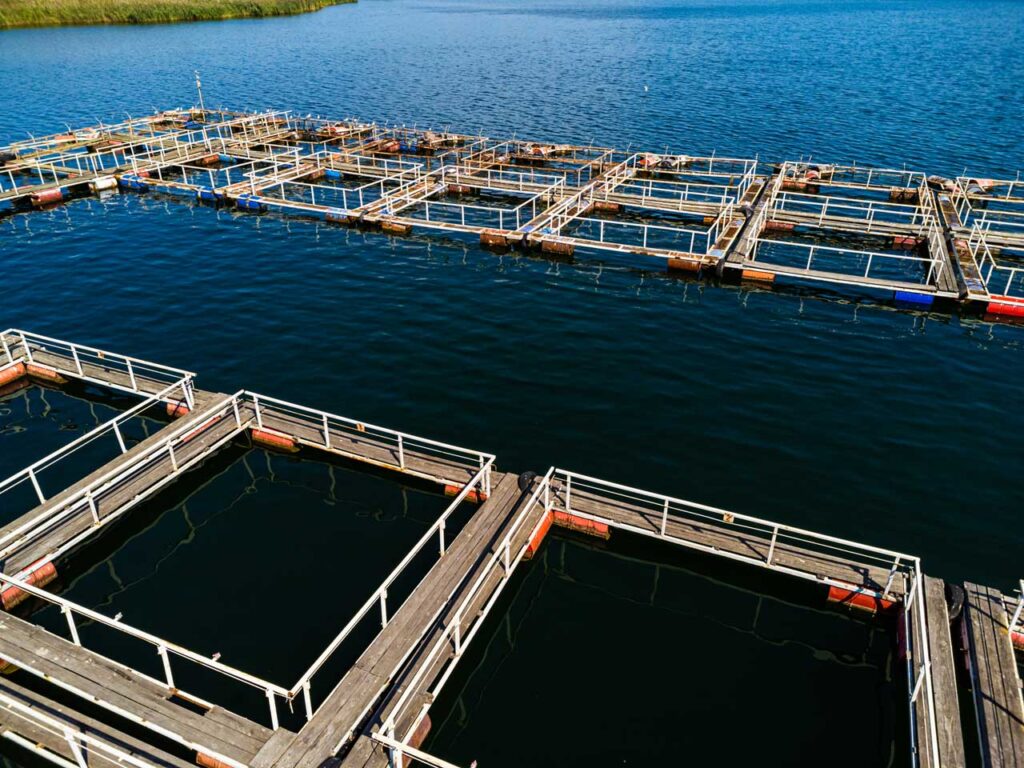
EU Director General Maritime Affairs and Fisheries, together with the Joint Research Centre (JRC), produces a report on their data collection activity regarding the fisheries sector. One of the main established sectors of the Blue Economy (BE) is the ‘extraction and commercialisation of marine living resources’ (MLR) with subsections: capture fisheries, aquaculture, and processing and distribution. According to the 2019 EU Blue Economy Report, the MLR sector contributes to 14% of jobs, 12% gross value added (GVA) and 12% profits in the BE. However, although profits continue to grow and the sector created EUR 20.7 billion in value added, direct employment in the sector is relatively low (approx. 570,000) and is falling annually (3.3% fall in the last decade), a trend which will undoubtedly continue unless new skills are introduced.
In 2018, the EU landed approx. 5.3 million tonnes of seafood with a reported added value of €7.7 billion (mostly created by the processing and distribution sectors); however, as the largest importer of seafood in the world, self-sufficiency stands at only 45% from own waters (Eurostat, 2019). Looking at these landing numbers from a waste stream perspective, our on-going work in this sector, confirmed by data from scientific literature all over the world, shows that conservative estimates put ‘waste’ or residues in the processing and distribution sectors as ranging between 40-50% of the weight of the living natural resource (based on yields as % of whole fish or shellfish weight, also confirmed by FAO Yearbook of Fishery Statistics, catches and landings) (FAO, 1989). Estimates on the millions of tonnes of waste produced by the fisheries sector every year vary considerably and it is of little use trying to extract an exact figure without a more systematic review; however, it is clear that the quantities of residues are considerable. A simple manipulation of the statistics reported above would put waste from the fisheries sector at over 2.5 Mt, based on annual EU landings in the EU alone. The figures are far greater if we consider waste streams from capture originating in other parts of the world which are processed/consumed in the EU or the millions of tonnes of discards (both vertebrates and invertebrates) thrown back into our waters every year as recent EC landing obligations are put into place.

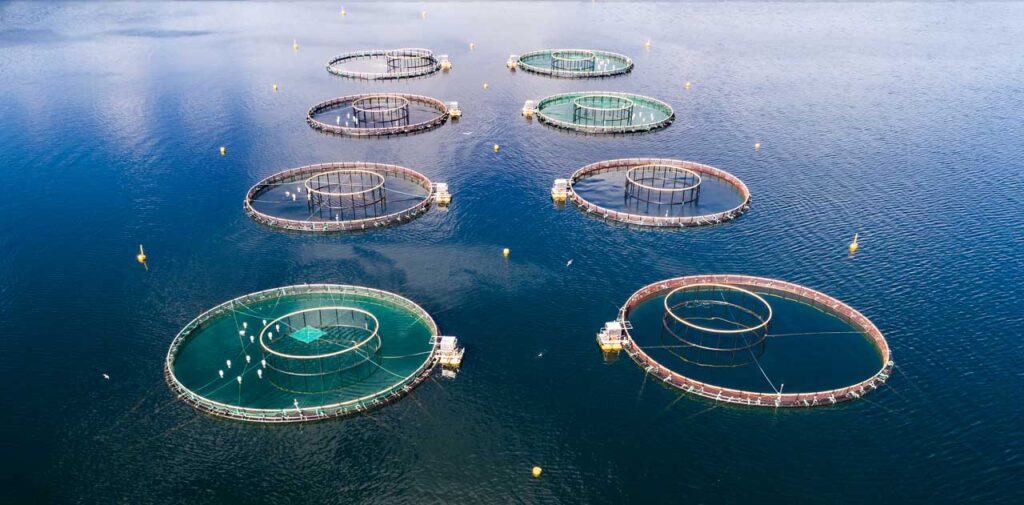
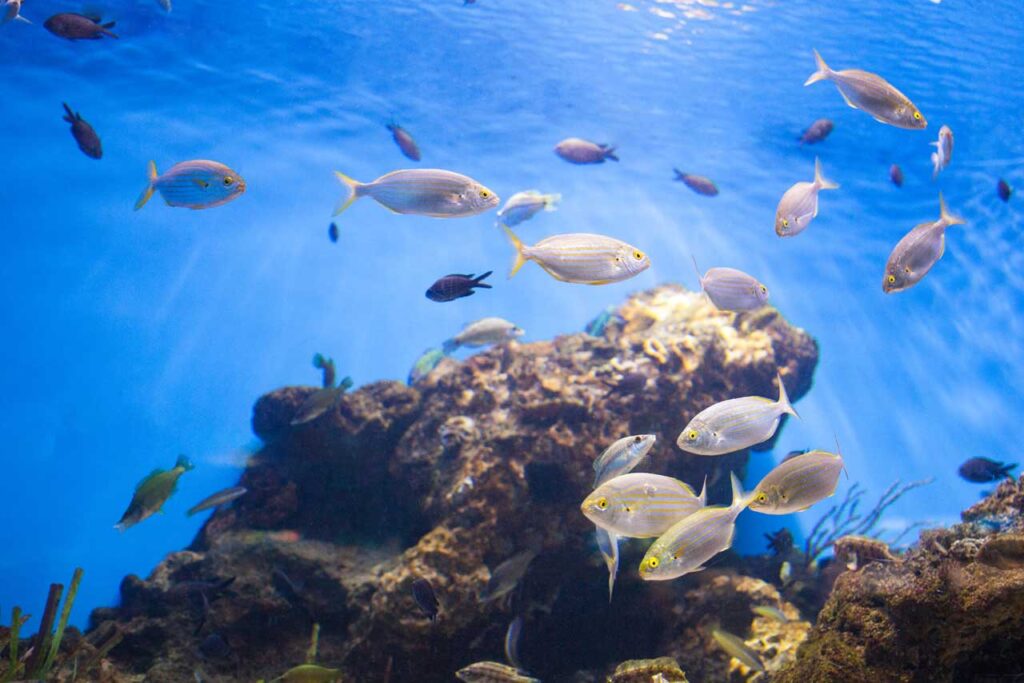
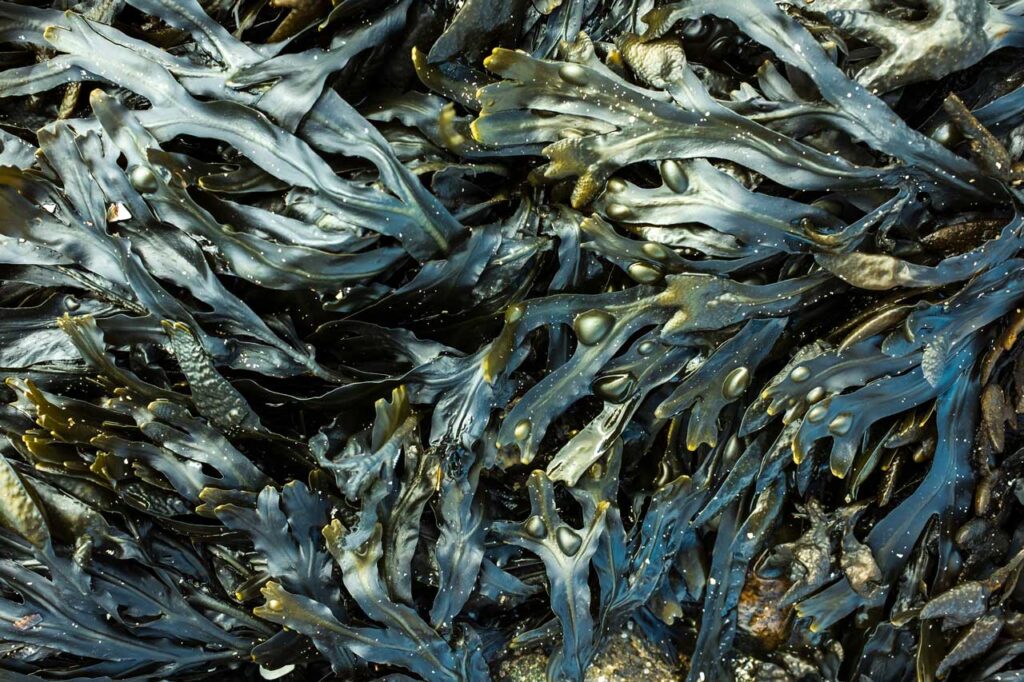
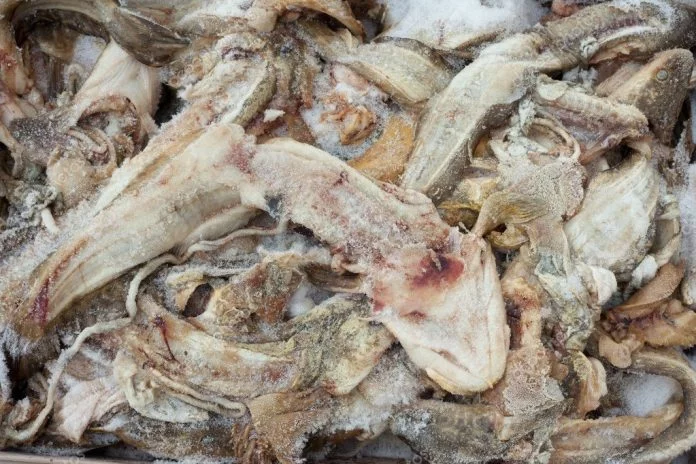
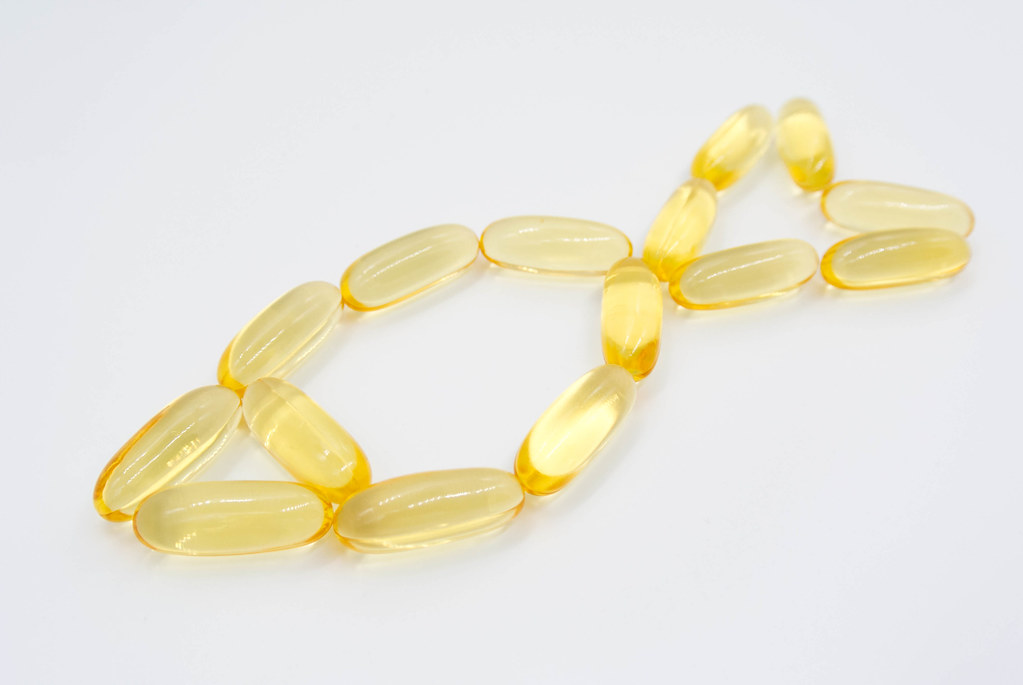
Responses